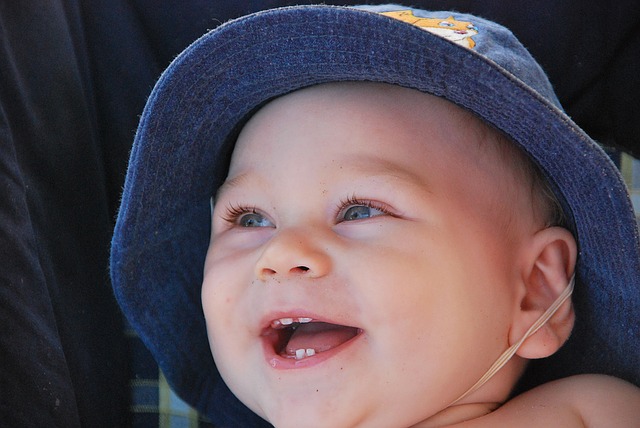![]()
What is the difference between milk teeth and permanent teeth? How long does it take for baby teeth to fall out?
Milk teeth are the deciduous or baby teeth that come in at around 6 months old. They usually start falling out after 2 years. Permanent teeth, on the other hand, are those that stay until adulthood. The average age of tooth eruption is 7 years.
Milk teeth are soft and tender and they don’t last very long. On the contrary, permanent teeth are strong and durable. As they get older, they become harder and stronger.
How do you know if your child has a milk tooth?
You can easily tell if your child has a tooth coming through her gums by looking at her mouth. If she has any loose teeth, then this means that she has milk teeth. You will also notice that these teeth are softer than the permanent ones.
What happens when milk teeth fall out?
When milk teeth fall out, there is no pain involved. However, you may feel some discomfort as the space left behind is filled up with saliva. This makes it difficult for food particles to pass through the gap. In fact, you may even find it hard to chew properly.
Why do we lose our milk teeth?
The main reason why children lose their milk teeth is because they have not yet started eating solid foods. When they start eating solid foods, the milk teeth are replaced by permanent teeth.
In below list, I will show you the different types and definitions of teeth and how to identify them:
1) Primary Milk Teeth – first set of milk teeth that appear in the lower jaw.
2) Incisors – two front teeth that cut into pieces of food.
3) Canines – two back teeth that tear apart animal flesh.
4) Molars – four upper and lower molar teeth.
5) Premolars – six upper and lower premolar teeth.
6) Deciduous Teeth – temporary teeth which replace the primary milk teeth.
7) Permanent Teeth – adult teeth that stay until adulthood.
8) Baby Tooth – small tooth that appears before permanent teeth erupt.
9) Wisdom Tooth – last permanent tooth that appears.
10) Impacted Tooth – tooth that doesn’t fit correctly in its socket.
11) Crossbite – when one side of the top row of teeth (incisor) is positioned differently from the bottom row (molar).
12) Overjet – when the upper incisors protrude past the lower lip.
13) Underjet – when the lower incisors protrude beyond the upper lip.
14) Crowding – when several teeth overlap each other.
15) Diastema – space between the teeth.
16) Open Bite – when the upper and lower jaws do not meet.
17) Closed Bite – when the upper jaw meets the lower jaw.
18) Spacing – when there is an abnormal distance between the teeth.
19) Malocclusion – misalignment of teeth.
20) Dental Eruption – appearance of permanent teeth in the oral cavity.
21) Early Loss – loss of milk teeth before the age of 4.
22) Late Loss – loss of milk teethes after the age of 12.
23) Space Maintenance – keeping the spaces between the teeth open so that the permanent teeth can grow in place of the milk teeth.
24) Orthodontics – treatment to correct crooked teeth.
25) Extractions – removal of teeth due to decay or injury.
26) Filling – placement of dental filling materials like silver amalgam, composite resin, etc.
27) Crowns – covering of decayed areas of teeth.
28) Bridges – replacement of missing teeth using artificial teeth.
29) Root Canal – procedure done on the root of a tooth to remove infection and save the tooth.
For more information check our site for all dental treatment cases.
Author bio:
Dr. Nabil Mockbil is an Orthodontist who received his DDS in 2001 from Umea University in Sweden, regarded as having the best dentist programme in Sweden for undergraduates. He’s now the founder of Swedish Dental Clinic – Dubai Marina.
Read more interesting articles at Absbuzz
